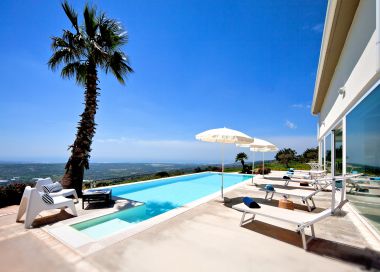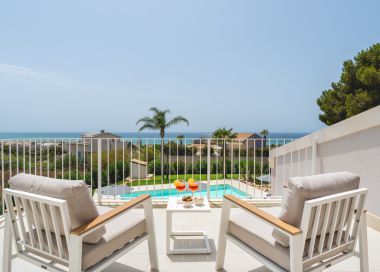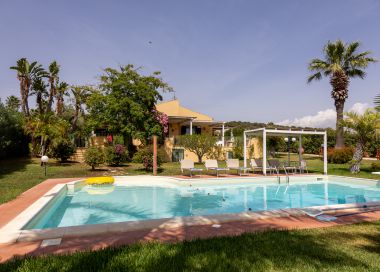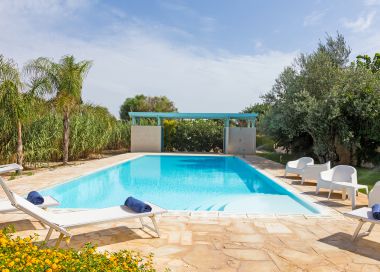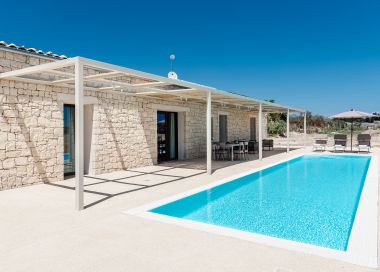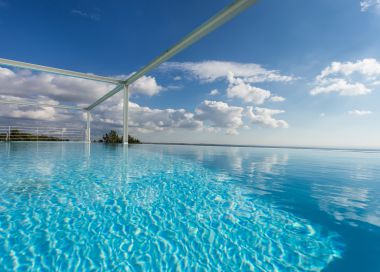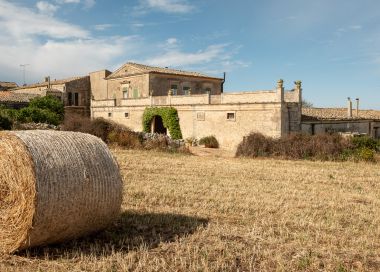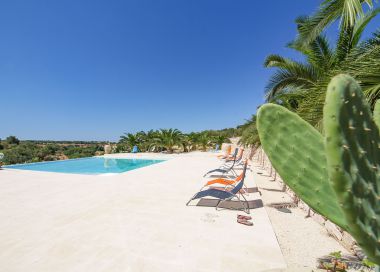Ispica
Ispica, the baroque city of the hundred stairs
The small town of Ispica overlooks the sea from a little hill and is an intriguing pre-historic site for its recent and significant archaeological excavations. It is surrounded by lush Mediterranean vegetation, which is typical of the Iblean caves. The town of Ispica was rebuilt in the eighteenth century after the 1693 earthquake. Amongst the most prominent churches is la Chiesa di Santa Maria Maggiore, dating back to the 18th century. Located within the homonymous square, the church shows its singular elegance through simple structures. Its façade has been embellished with a stunning wrought iron gate. In front of the church and all around the Basilica is the “Loggiato del Sinatra,” built in 1749 by Noto-born architect Vincenzo Sinatra who emulated Bernini’s arcade in St. Peter’s Square in Rome. The Rococo style exterior gallery has a semi-circular structure and is made of three central arcades, plus ten additional arcades on each side. These make a total of twenty-three logge (“halls”) that until the end of the seventeenth century hosted fairs organised on the occasion of various religious festivities. At the beginning of the eighteenth century the logge were closed to be used as workshops (“botteghe”). Presently these are subject to a conservative restoration. The Palazzo Bruno Belmonte (seat of the town hall) in corso Umberto is the most important art nouveau style building in the Ragusa province. It was designed and built from 1906 onwards by Ernesto Basile, one of the most distinguished architects in Europe at the time. From the town you can easily reach the Parco Archeologico della Forza and Cava d’Ispica through the one hundred steps (“le cento scale”) carved in the rock, where you can admire remnants of Byzantine frescoes. A 280-steps underground stairway leads to the deepest end of the valley. The Park is an archaeological area that allows you to discover the most beautiful spots of the cave as well as the history of medieval Ispica. It lies within the territory of the town of Ispica and extends up to Modica province. Through the 13 km long cave runs a river-carved canyon amidst stunning and alluring natural landscapes. This is a carved out valley made of grey, rust-stained limestones which abounds with troglodyte settlements, sanctuaries and cave tombs. The most varied sort of caves can be found here: from large natural cracks to cave tombs carved on perpendicular walls that are partly inaccessible, or else roofless parallelepiped-shaped cavities that have been halved by natural collapse; all these appear in a natural environment that remains unspoiled, allowing only a few remaining farmers to cultivate thriving vegetable gardens. An intriguing water mill (“Mulino ad acqua”) from the first half of the eighteenth century, called “Cavallo d’Ispica,” can be accessed from within the park. Having recently been put into function again, the mill has awoken old memories. Its paddles, hit by the harmonious flowing of the Busaidone river, have reactivated the antique millstone hub and like in the past the wheat is turned into flour through the unceasing pace of the grinding runner millstones. Within the park are a playground for kids, picnic tables and toilets. Admission is free. The route to be followed within the park is well signposted and it takes about half an hour. The sandy coast below the town of Ispica (signposted with a blue flag (“Vela Blu”) on the Legambiente guide) offers very long beaches that extend from “Marza” and “Porto Ulisse” to the beaches of “Castellazzo” and “Santa Maria del Focallo,” leading straight to Pozzallo. Elevated sand dunes protect these crystalline long beaches where acacia bushes, juniper trees and grass grow aplenty.






